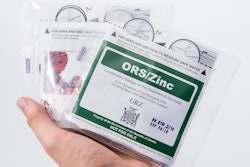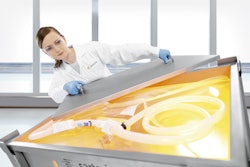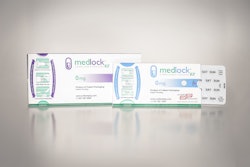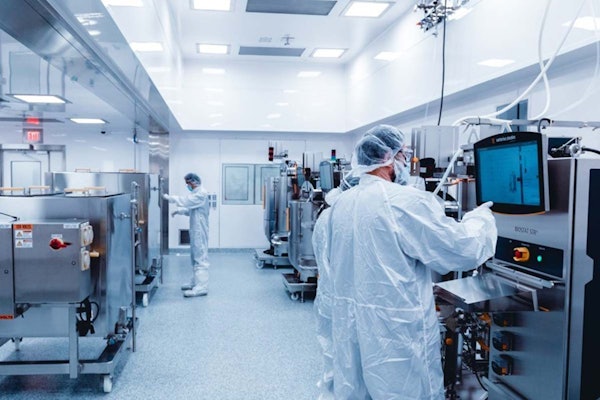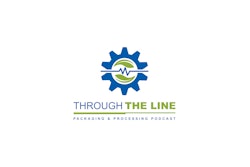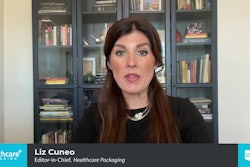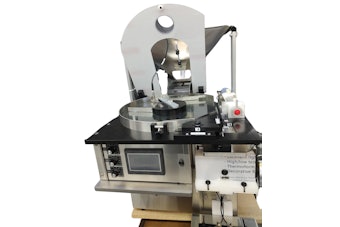
There is a growing focus in the packaging industry on producing environmentally sustainable products. Increasingly consumers, and by extension retailers, are demanding the items they purchase have as little impact on the environment as possible. In fact, 71% 71 percent of people are influenced to purchase paper and packaging products based on sustainable attributes, according to a recent survey by Asia Pulp and Paper (APP).
Traditionally, pharmaceutical companies were more concerned about manufacturing and supplying costs than about eco-friendliness, but with the growing pharmaceutical market, companies are now expected to be more transparent in business practices, including the downstream role they play in impacting the environment. Ultimately this means packaging is sourced and made from more sustainable materials—with the goal of less packaging in general.
Utilizing sustainable packaging can be a challenge for everyday packaging needs, but even more so in the pharmaceutical industry where government safety regulations and patient usability take precedence. While consumers and retailers are shifting to a more environmentally conscious mindset, they still expect pharma companies to adhere to safety regulations and manufacture high-quality packaging for their products.
Challenges facing pharmaceutical packaging
The nature of the pharma industry presents unique problems for packaging, including unit-dose control, packaging to combat counterfeit drugs, finding non-invasive barrier testing methods and implementing child-resistant packaging. In addition, government policies exist to protect people from contaminated medicines. When sustainability is put into the mix, it is clear how pharma packaging production creates a highly complex manufacturing process.
Eco-friendly pharma calendar-style packs are one example of a product meeting the demands of these issues. There are broad definitions of the term “eco-friendly,” but the best way to determine if a product includes sustainable elements is through ecolabels.
An ecolabel is a label that identifies overall, proven environmental preference of a product or service within a specific product/service category. According to the Global Ecolabeling Network, credible ecolabels “are based on lifecycle considerations ...[and] they are awarded by an impartial third-party in relation to certain products or services that are independently determined to meet transparent environmental leadership criteria.”
In addition to being eco-friendly, calendar-style portable packs promote daily unit-dose control by including one pill in the designated blister, which are marked with days of the week. Many of these dispensers use child-resistant release buttons on the corner of the packs. The packs are also made with paperboard, which replaces plastic resin with recyclable material to make a more sustainable and easy-to-use pharma package.
As with calendar packs, the key to finding solutions to multifaceted packaging problems lies in the innovation of the materials that can be used and finding more sustainable ways to develop them.
Ways to implement sustainable practices in pharmaceutical packaging
Pharmaceutical organizations need to think on a larger scale to achieve overall sustainability. The onset of this process might take time and resources, but it will increase customer loyalty and sales in the long-term. Keeping this in mind, decision makers should consider the following:
• Sustainability plan: Develop a sustainability plan and/or execute an evaluation method to assess overall practices in manufacturing and the supply chain; this process includes examining resource management and waste reduction, to find ways to limit environmental impact. To help track your organization’s efforts, visit The Sustainability Consortium (TSC), which has developed Product Sustainability Toolkits that use key performance indicators to measure organizational sustainability impact and progress.
• Use eco-friendly materials: To achieve sustainable and high-quality pharma packaging, companies should incorporate smart manufacturing by using eco-friendly materials, including recycled paper, [paper]board and corn starch, all of which are biodegradable in nature. Sustainable pharma packaging should include environmentally friendly aspects, such as unbleached paperboard, fewer ink colors and lighter/thinner paper.
• Invest in clean technologies: The 2014 Clean Energy Trends Report predicted the market size for biofuel, solar and wind technologies to grow to $398 billion by 2023. If organizations want to achieve smart manufacturing and overall sustainable supply chain solutions, they should allocate a portion of the budget to clean technologies, which will limit environmental impact by decreasing production time, reducing waste and using fewer natural resources.
The best way to improve on these sustainable practices is to simply reduce the amount of packaging used. New innovations in packaging make smart manufacturing practices possible. For instance, DuPont’s Tyvek®, a brand of flashspun high-density polyethylene fibers, supports sustainability in healthcare packaging across the full package lifecycle. Tyvek prevents microbial infiltration and is compatible with sterilization techniques, which helps avoid wasteful damage of drugs during transport and storage. Tyvek supports stronger packaging designs that weigh less, require less space and can be recycled.
Understanding the packaging lifecycle of a product is also key to planning and implementing sustainable sourcing across manufacturing and operational processes. The exploration of the packaging lifecycle starts with the use of natural resources and ends with disposal of the product, including any reuse that may happen prior to ultimate disposition. By targeting the entire package lifecycle, packaging companies partner with convertors, designers and manufacturers to guarantee sustainable outcomes across the board.
The future of sustainable and high-quality pharmaceutical packaging
The future of sustainable, high-quality pharma packaging depends on the development and follow-through of a strict assessment plan at all levels of an organization’s supply chain. This may mean manufacturers rely more on their packaging suppliers to promote sustainability. By using biodegradable resources, like paperboard, and by using those that support sustainability at all stages of the package lifecycle, organizations can satisfy the demands of safety-compliant and sustainable packaging.
Although challenges still exist in the pharma packaging production, innovation will continue to provide solutions for more efficient packaging and a cleaner environment. Research planning and development departments and engineers will all play a key role in the future of pharma packaging. Pharma companies will benefit from the time spent transitioning to a more sustainable model, especially as they see growing consumer satisfaction.
While the process is challenging, this shift to sustainability will positively impact the pharma industry, and any others who produce packaging, the consumer, and most importantly, the environment.
Author Ian Lifshitz is North American Director of Sustainability & Stakeholder Relations at Asia Pulp and Paper Group (APP), which refers to itself as the world's second-largest pulp and paper company.



